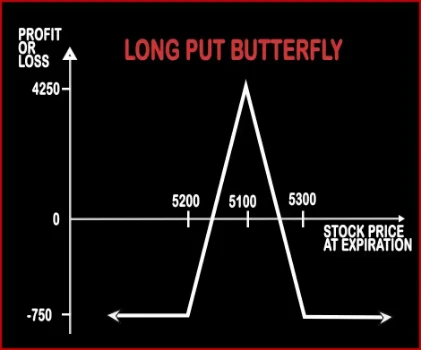- SHORT STRANGLE
- LONG STRADDLE
- THE COLLAR
- SHORT PUT BUTTERFLY
- LONG PUT LADDER
- STRAP
- COVERED COMBINATION
- BEAR CALL SPREAD
- LONG STRANGLE
- SYNTHETIC LONG CALL
- IRON CONDORS
- RISK REVERSAL
- SHORT STRADDLE
- RATIO PUT SPREAD
- LONG GUTS
- SHORT CALL
- PUT BACKSPREAD
- PROTECTIVE CALL
- LONG CALL CONDOR SPREAD
- SHORT PUT LADDER
- COVERED PUT
- LONG COMBO
- PROTECTIVE COLLAR
- MARRIED PUT
- CHRISTMAS TREE SPREAD WITH CALL OPTION STRATEGY
- DIAGONAL BULL CALL SPREAD
- REVERSE IRON CONDOR
- LONG CALL BUTTERFLY
- CHRISTMAS TREE SPREAD WITH PUT OPTION
- RATIO CALL WRITE
- STOCK REPAIR
- BULL CALL SPREAD
- BEAR PUT SPREAD
- PROTECTIVE PUT
- SHORT PUT
- LONG PUT
- BULL PUT SPREAD
- LONG CALL LADDER
- SHORT CALL CONDOR SPREAD
- SHORT CALL BUTTERFLY
- SHORT GUTS
- LONG CALL
- STRIP
- IRON BUTTERFLY
- REVERSE IRON BUTTERFLY
- RATIO PUT WRITE
- SHORT CALL LADDER
- RATIO CALL SPREAD
- NEUTRAL CALENDAR SPREAD
- DIAGONAL BEAR PUT SPREAD
- COVERED CALL
- CALL BACKSPREAD
- LONG PUT BUTTERFLY
- BULL CALENDER SPREAD
Compare Strategies
LONG PUT BUTTERFLY

Long Put Butterfly Option Strategy
The Long Put Butterfly is a neutral strategy where a trader will be bearish on the volatility i.e. he thinks the market will have sideways kind of movement and will not rally sharply in either direction in the near future. This strategy involves sale of 2 ATM Put Options, buy 1 ITM and 1 OTM Put Option. The risk and reward are limited.
Risk: Limited
Reward: Limited
Suppose NIFTY is trading at 5200 levels. Mr. X is bearish on volatility and expects the market to move sideways. He will implement Long Put Butterfly Strategy. He will sell two 5200 ATM Put Options for a premium of Rs.85, buys one 5100 NIFTY OTM Put Option at a premium of Rs.50 & goes long on one 5300 NIFTY ITM Put Option at a premium of Rs.135. His net investment will be Rs.750. [(85*2)-50-135)*50]
Case 1: At expiry if NIFTY closes at 5000, then Mr. X will make a loss of Rs.750. [{(100-50) – ((200-85)*2)+(300-135)}*50]
Case 2: At expiry if NIFTY closes at 5200, then Mr. X will make a profit of Rs.4250. [{(85*2) - (50) + (100- 35)}*50]
Case 3: At expiry if NIFTY closes at 5400, then Mr. X will make a loss of Rs.750 (Investment value). [{(85*2)-(50)-(135)}*50]
Comments for LONG PUT BUTTERFLY
Options Trading Strategies
Bullish Strategies
Bearish Strategies
Neutral Strategies
- LONG STRADDLE
- SHORT STRADDLE
- LONG STRANGLE
- SHORT STRANGLE
- LONG CALL BUTTERFLY
- SHORT CALL BUTTERFLY
- LONG PUT BUTTERFLY
- SHORT PUT BUTTERFLY
- STRAP
- STRIP
- LONG CALL LADDER
- LONG PUT LADDER
- SHORT CALL LADDER
- SHORT PUT LADDER
- LONG CALL CONDOR SPREAD
- SHORT CALL CONDOR SPREAD
- NEUTRAL CALENDAR SPREAD
- LONG GUTS
- SHORT GUTS
- RATIO CALL SPREAD
- RATIO CALL WRITE
- RATIO PUT SPREAD
- RATIO PUT WRITE
- IRON CONDORS
- IRON BUTTERFLY
- REVERSE IRON CONDOR
- REVERSE IRON BUTTERFLY
- PROTECTIVE COLLAR
0 comments